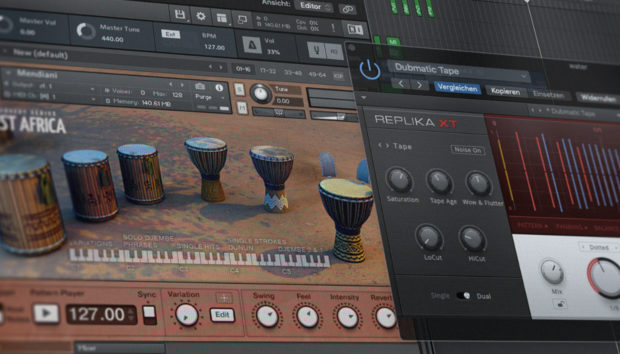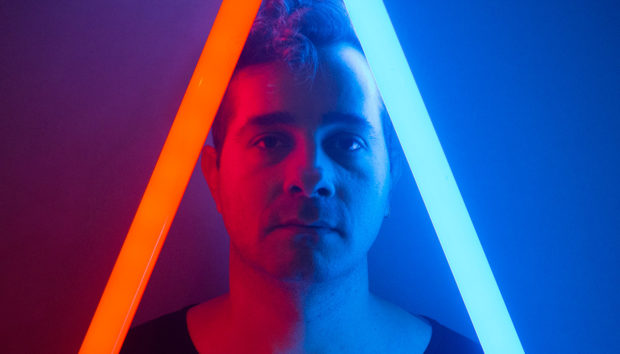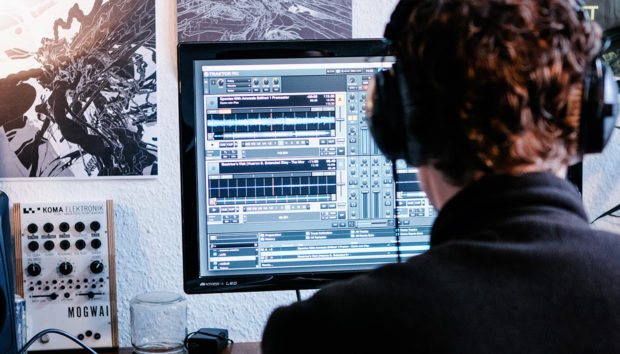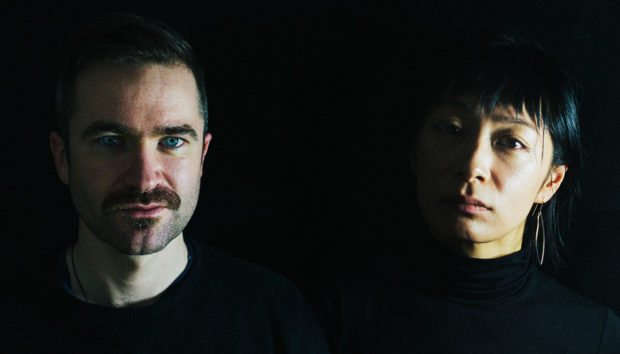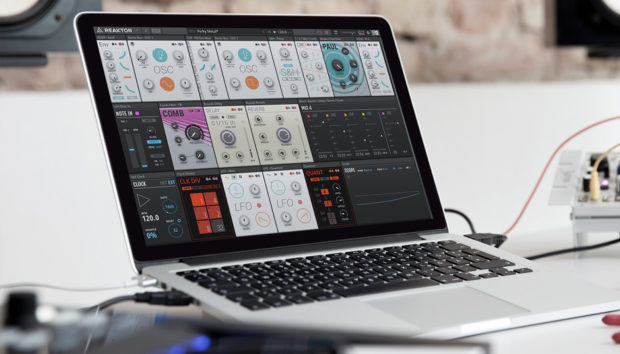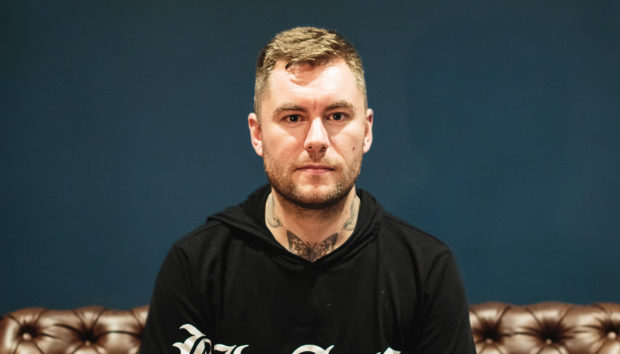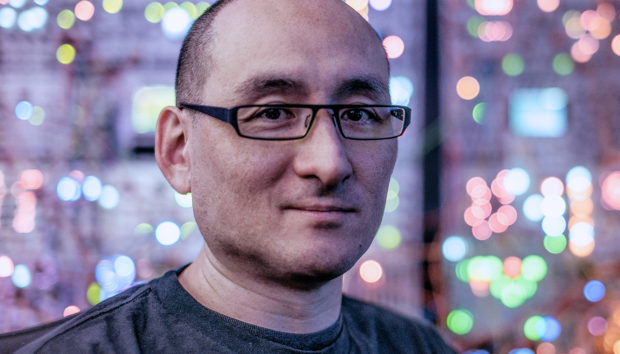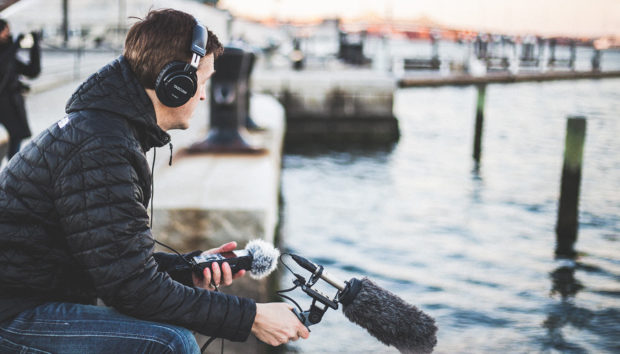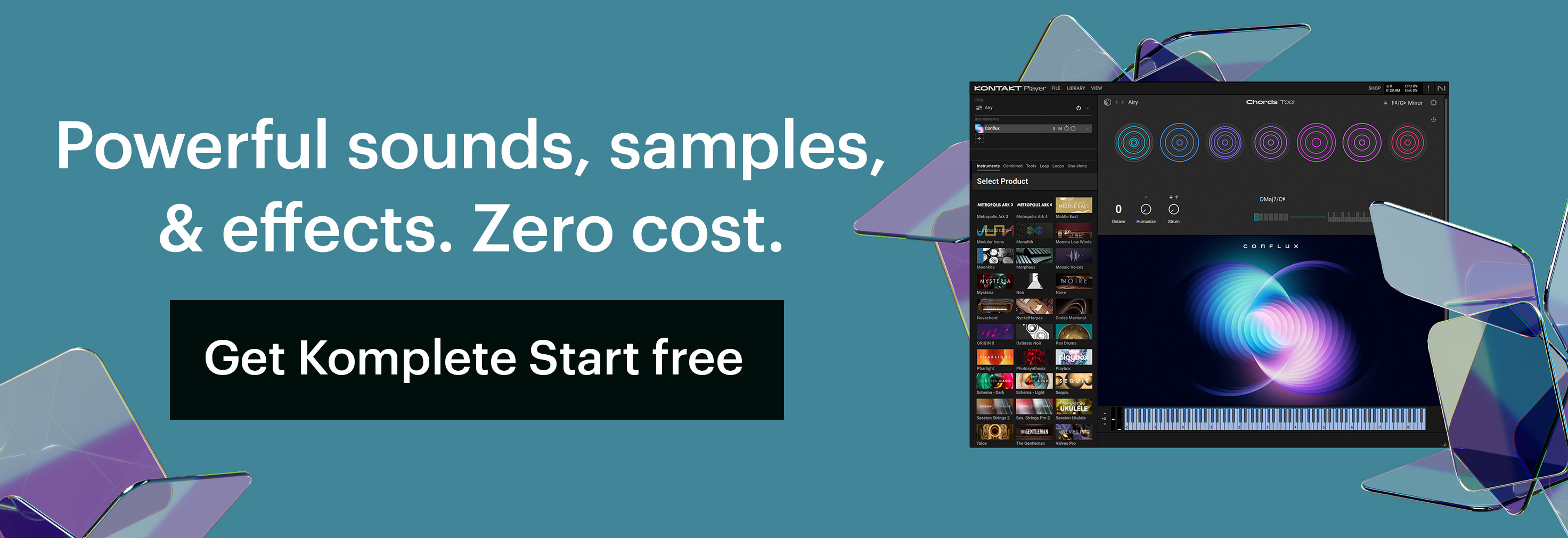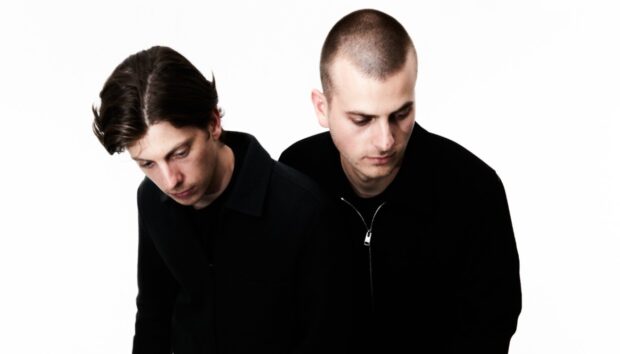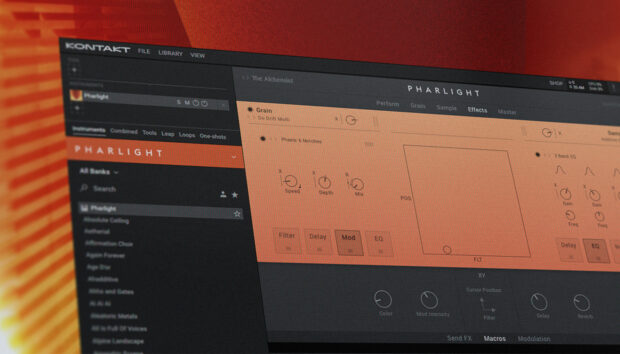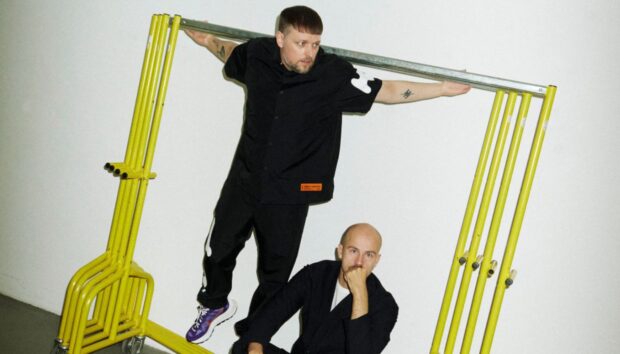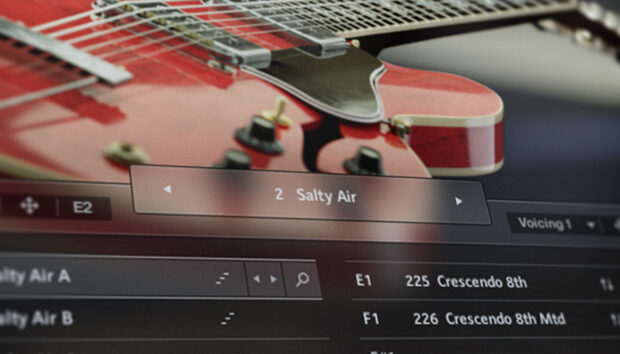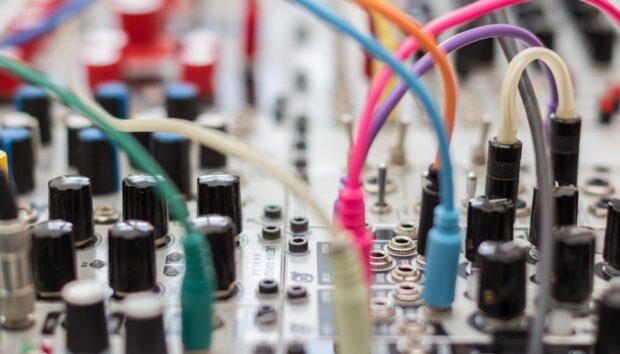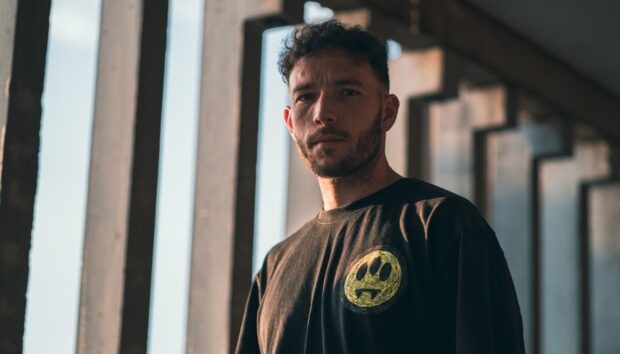With ENDLESS™ Legend 2 entering Early Access, composer Arnaud Roy returns to the franchise with a soundtrack shaped by texture, movement, and technical precision. Kontakt sits at the center of his process, used not just for playback, but for building and manipulating his own sampled instruments.
Roy worked with field recordings, analog synths, and orchestral layers to develop a score that adapts across faction themes, world events, and gameplay modes. Kontakt let him keep the workflow tight – whether he was tuning custom percussion, stacking sound banks, or creating playable textures from found sounds.
In this interview, Arnaud Roy explains how he used Kontakt across the ENDLESS Legend 2 score, why he mixed the full project in Dolby Atmos, and what techniques helped him keep the music dynamic over long gameplay sessions.
Jump to these sections:
- How Kontakt fits into Roy’s daily production workflow
- Why sampling his instruments helped speed up composition
- Techniques for blending field recordings into musical textures
- Writing adaptive game music that avoids fatigue over time
- Portraying dynamic arcs of tension through music
- Kontakt libraries and custom setups used across ENDLESS Legend 2
The score had to feel detailed without becoming overwhelming, and Kontakt gave Roy the control to dial that balance in. If you’re working with longform compositions or hybrid scores, this one’s worth digging into.
Interested in experimenting with Kontakt? Get the Kontakt Player in the free Komplete Start bundle, filled with pro-grade instruments, sounds, and effects to keep you inspired.
How did you start shaping the musical identity for ENDLESS Legend 2 – What was your first creative instinct when you saw the world?
Instinctively, I thought immediately of the water element that underlies the game world with the cataclysmic Tidefalls that lower the ocean level to reveal new regions.

I began by searching for instruments that evoked thoughts of that aquatic world. I very quickly thought of pan drums with their soft, enveloping sound, as well as the Cristal Baschet, since it’s an instrument you play by wetting your fingers. I also began experimenting with the sounds of physical materials. I went out to get recordings of the waves at very close proximity.
I recorded flowing sand and seashells back in the studio.
Then these sounds were fed into a granular synthesizer, a Waldorf Iridium. These textures are present throughout the game’s soundtrack.
Pro tip from Arnaud Roy: Use field recordings to feed a granular synthesis engine.
You leaned heavily on Kontakt for this – what makes it such a good tool for scoring a game with this much depth and lore?
I use Kontakt with a Komplete keyboard in my studio every day. I use it as a sampling engine for commercial libraries and to create my own instruments. For example, I used a shamanic drum that I sampled in Kontakt.

It provides a foundation in the sub-bass that I can’t find in any commercial library.
Pro tip from Arnaud Roy: Sampling heavy drums helps to get a certain tightness in the sound that commercial libraries lack.
What made ENDLESS Legend 2 different from other fantasy or strategy projects you’ve worked on?
The music production for this game is very special for me because I tried to offer something different. I always try to find new timbres even if my language as a composer remains essentially the same.
Since Amplitude’s first game, I’ve always used analog synthesizers that let me add that personal touch, and this production is no exception. I love those old-school sounds from the 90s, such as the Roland JD800, which I combine with acoustic instruments to create these incredibly specific atmospheres.
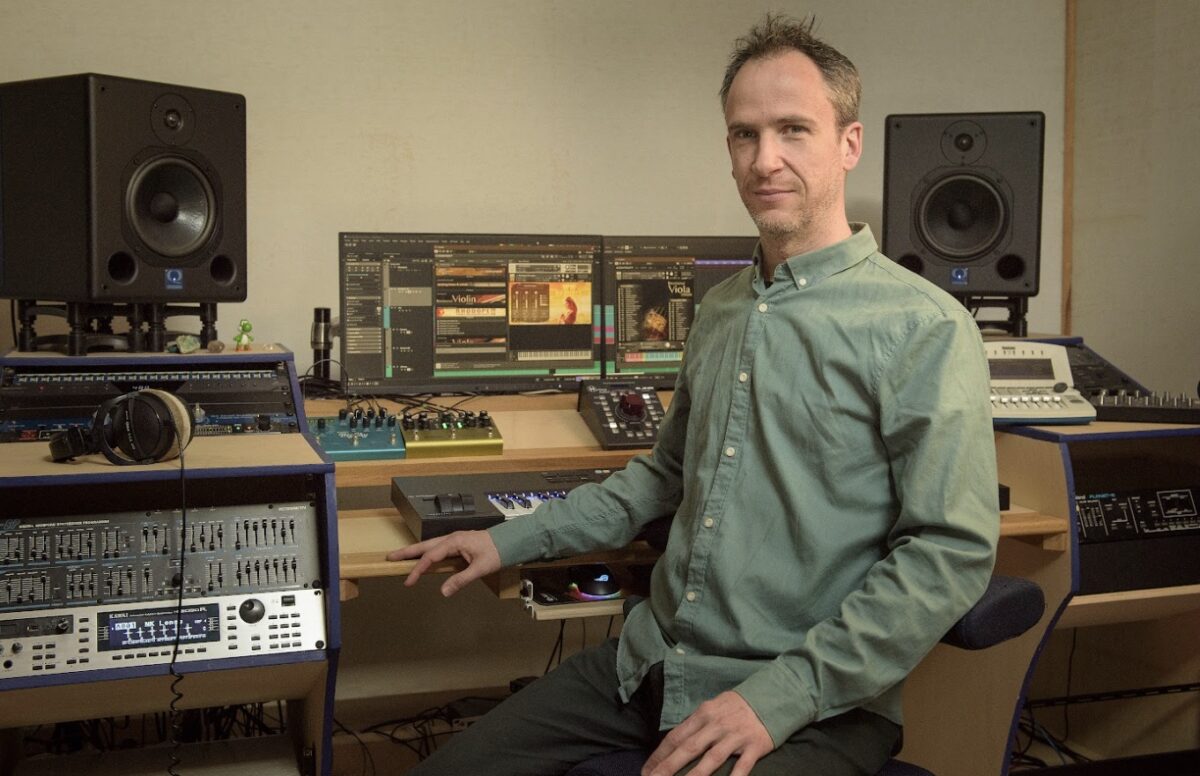
I also had this ambition to mix this soundtrack in Dolby Atmos (7.1.4). I learned this mixing technique that allows you to focus more on the spatialization of the sounds than a classic stereo mix.
So there’s less processing involved, and we can consider space as an amazing playground to experiment with. Ultimately, the game is reduced to 5.1, but Dolby Atmos mixes are available on platforms such as Tidal and Apple Music.
Pro tip from Arnaud Roy: Overly strong equalization can be avoided by spatializing the source and augmenting the focus on it.
How do you build music for a 4X game that loops naturally for long stretches without becoming repetitive or fatiguing?
Repetition is a well-known problem in the world of video game music. For this type of game where sessions can last multiple hours, I’ve always felt that moments of silence between the music were important to avoid auditory fatigue.
Those moments give the soundtrack room to breathe and allow the player to appreciate the sound design.
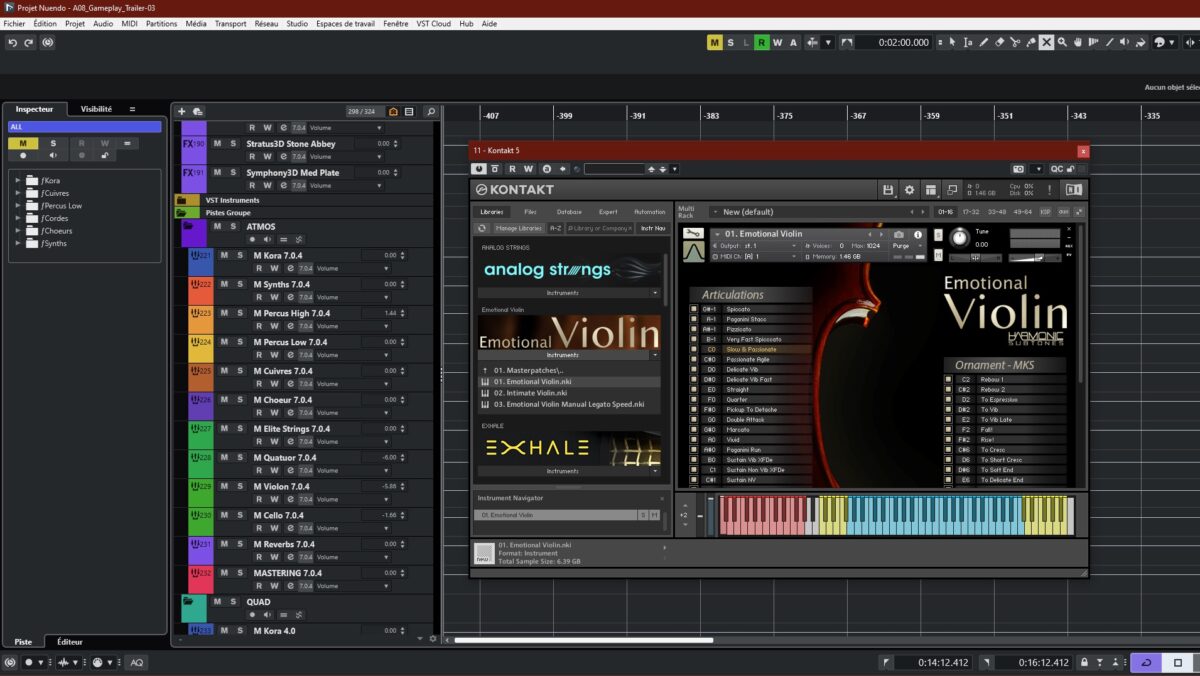
Mixing is also crucial to prevent auditory fatigue. We’re systematically using a much lighter mix (by removing the bass and percussion) on the diplomacy and empire management screens. That allows more space for gameplay sounds and puts the player in a more reflective headspace.
Pro tip from Arnaud Roy: Always put yourself in the position of the player who’s going to hear your music a 1,000 times – give them some space to breathe.
ENDLESS Legend 2 has a lot of tension between growth, diplomacy, and war – how do you reflect that dynamic arc musically?
To structure the music, we use interactive playlists that adapt to the faction the player chooses and the different phases of the game.
When you play the Aspects, for example, you first hear their theme, followed by a random playlist that includes a mix of tracks shared with the other factions and minimalist soundscapes specific to the faction. In that way, we create a unique identity for the faction and a global identity for the game as a whole.

For the battles, the process is different because the music is structured with segments that can be chained together according to the rounds, the player’s turn, or the enemy’s turn. We construct more classic interactive music with loops and mixing layers. For that, I provide the assets and then the music designer and I adapt the music in Wwise.
For Monsoon, we extracted the themes from the Cristal Baschet and processed them with lots of reverb to give them a ghostly, eerie character. The more the player progresses and discovers the game’s lore, the darker and stranger the tracks become.
Were there any Kontakt libraries you found yourself reaching for over and over again while scoring this game?
For the orchestral instruments, I was fortunate enough to record real live musicians. For the demo, I use virtual instruments like voices and percussion from 8dio or Emotional Strings from Harmonic Subtones.
For the traditional instruments, I use sound banks like the Arabian Ethnic Orchestra from Stresov Sampling.
Pro tip from Arnaud Roy: Layering a string quartet with a chamber orchestra library can bring a beautiful, realistic sound.
Start using Kontakt for scoring video games
We appreciate Arnaud Roy laying out how a system like Kontakt holds up under the weight of a large-scale adaptive score. His approach remains consistent: sample what you can’t find, organize it in a way that speeds up real decisions, and rely on tools that don’t get in the way.
Kontakt gave him the ability to shape custom instruments, adapt to gameplay shifts, and keep orchestral and electronic elements working across multiple scenes without losing clarity.
That kind of control is crucial in game scoring, especially when working with field recordings, layered percussion, and spatial formats like Dolby Atmos. Being able to fine-tune sounds in one place, automate transitions, and keep everything playable means you’re not spending time chasing fixes down the chain.
If you’re building out a modern game score, this is the kind of session Kontakt is built to handle.
